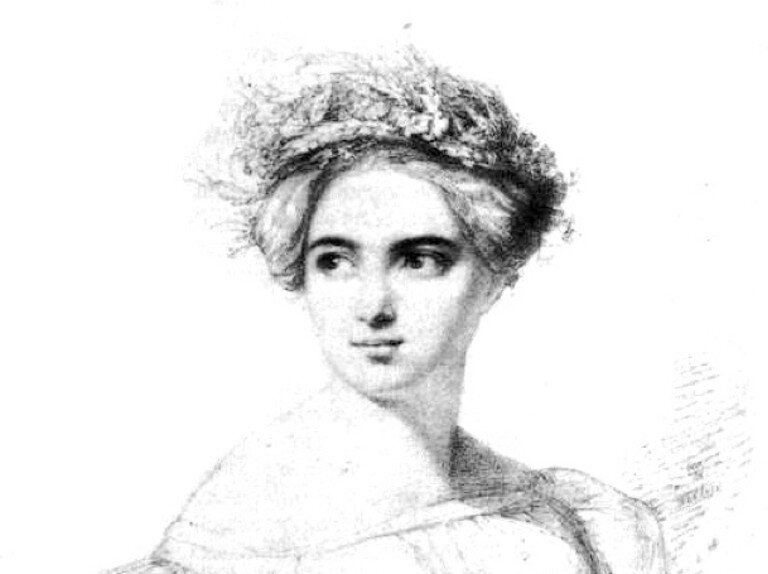Fanny Mendelssoohn Hensel (1805-1847)
Trio for Piano, Violin & Cello in D Minor, Op. 11
Chamber Works by Women Composers — The Macalester Trio
Vox Box Recording
Trio For Piano, Violin & Cello, Op. 11
1st movement: Allegro molto vivace
2nd movement: Andante espressivo
3rd movement: Lied: Allegretto
4th movement: Finale: Allegro moderato
In a conversation with a fairly established violinist in the city, she casually mentioned how boring she finds the compositions of the few female composers in her repertoire. And where do I put this information? Is it in the box labeled ‘there’s a distinctly ‘female’ style in orchestral music, that is arguably boring’ or the one labelled ‘you can’t deduce the gender of a composer just from their work’. Ultimately I chose ‘like most male composers, most female composers are boring, gender is irrelevant to the chances of composing a worthwhile piece of music’.
After a month of listening to these chamber compositions by female composers, what strikes me is how commonplace they are and perfectly compatible with the rests of the popularly heralded orchestral canon. Thus the infrequency of female composers in the run-of-the-mill concert program can best be explained by a conscious and persistent exclusion, rather than a careless oversight on the perineal purveyors of the canon. What I’ve realized lately is how frequently the same old lispy claim of aesthetic superiority is used to buoy some very baseless and artless iliberal attitudes in regards to representation in the arts—orchestral music is certainly not immune to the use of this convenient ‘easy button’ when you can’t justify age old prejudices.
Fanny Hensel Mendelssohn
That said, and perhaps above all, the take away this week for me was the sheer and rapturous radiance which Fanny Hensel wrote into this Trio. So far I’ve found that so much of chamber music is an exercise in slightly academic arithmetic musicking, perforated with the rare outburst of impassioned lyricism. In contrast to this generalization, the twenty minutes of tightly woven interjections and outright arias in this piece is the rare exception of a complete work so sure of it’s boundaries that it spends little time trying to surprise, and much more trying to enthral. And enthral it does: the first movement is a threesome that pivots along the piano’s undulating liquidity accompanied by the symphonic strength of strings high and low.
This is orchestral music at its best, when it is stripped of orchestral pomp and ceremony and is left with just the kind of music that strikes out to slap you right across the liver. As in all four movements, the piano leads the way in the second, this time with a proud and nocturnal weightiness. With Chopin on the left hand and Tchaikovsky on the right, the piano enjoys unusual spotlights within the usual bustle of chamber busyness. A sparse but audible polyphonic synchronicity returns in the particularly short but particularly poignant third movement, and the fourth continues with the first’s radiant tone, led by a main theme that takes the shape of a shimmering jingle on violin. There’s just something about this piece that felt free and unencumbered by the instinct to keep all three instruments busy at every moment in order to fill the airspace where an orchestra would otherwise be.
Throwback to: YR3, WEEK26 — YR2, WEEK26
Click here for the full 2020/2021 roster of selected recordings

